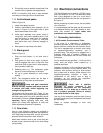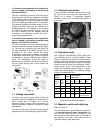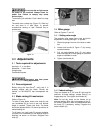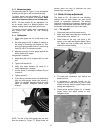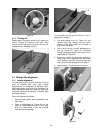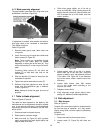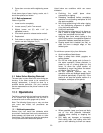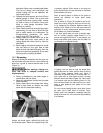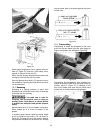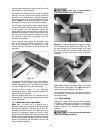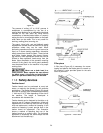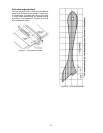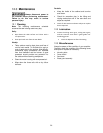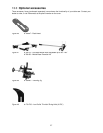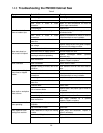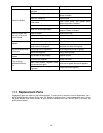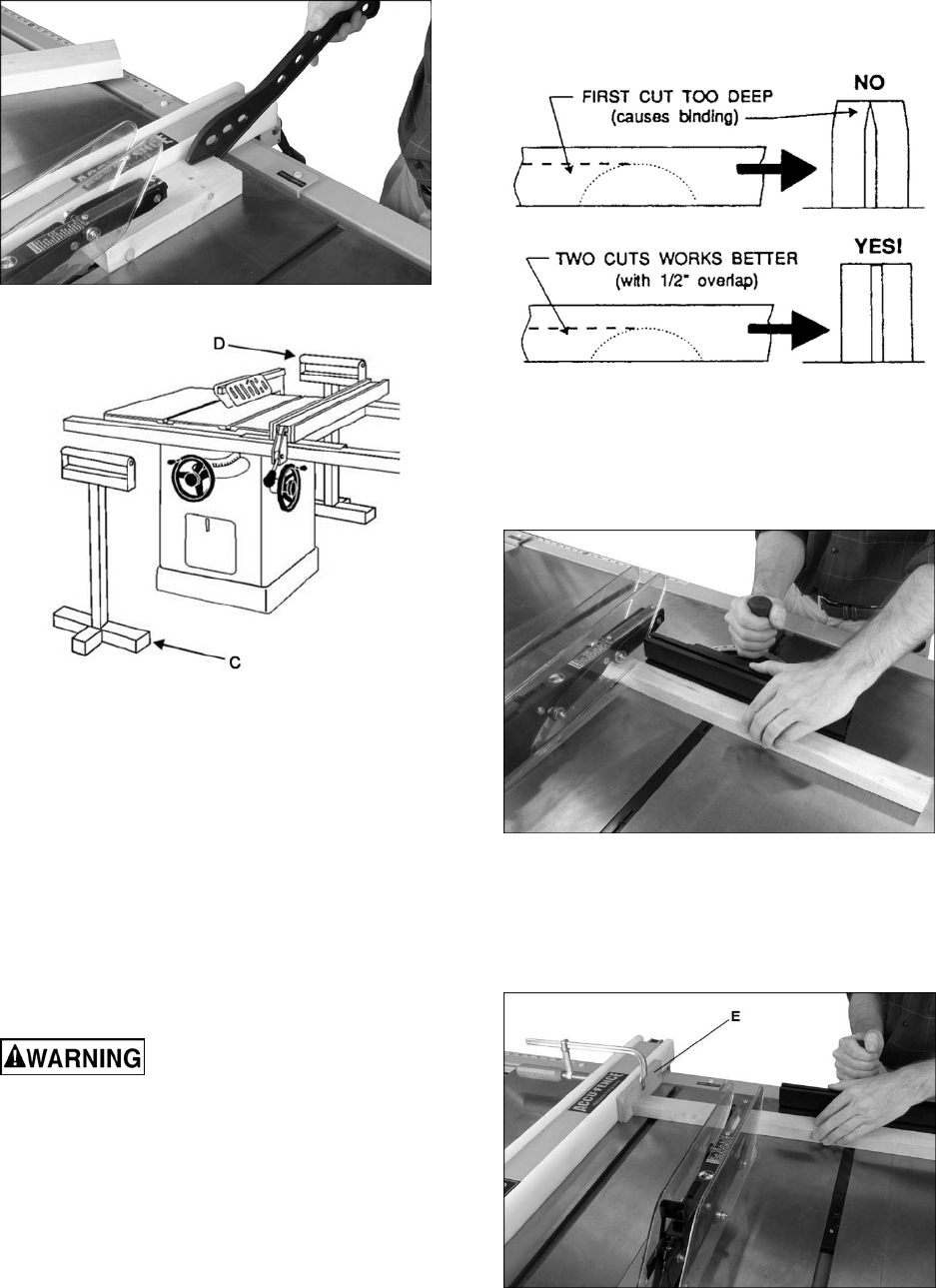
22
Figure 33
Figure 34
When ripping long boards, use a support at front of
table (C, Figure 34), such as a roller stand, and a
support or "tailman" at the rear (D).
Never use the rip fence beyond the point where the
carriage is flush with the end of the rails.
Have the blade extend about 1/8" above the top of
the workpiece. Exposing the blade above this point
can be hazardous.
10.3 Resawing
Resawing is a ripping operation in which thick
boards are cut into thinner ones. Note: A band saw
is the ideal tool for resawing.
If the table saw is used for
resawing, take precautions such as using an
auxiliary fence, resaw barrier or similar devices
to stabilize the workpiece and provide operator
safety.
Narrow boards up to 3" can be resawn in one pass.
Wider boards up to 6" must be resawn in two
passes.
In resawing wider boards, adjust the blade height
so as to overlap the two cuts by 1/2" as shown in
Figure 35. Too deep a first cut can result in binding
and possible kickbacks on the second cut. Always
use the same side of the board against the fence
for both cuts.
Figure 35
10.4 Crosscutting
Crosscutting is where the workpiece is fed cross
grain into the saw blade using the miter gauge to
support and position the workpiece (Figure 36).
Figure 36
Crosscutting should never be done freehand nor
should the fence be used as an end stop unless an
auxiliary block (E, Figure 37) is clamped to the
front of the blade area such that the cutoff piece
comes free of the block before cutting begins.
Figure 37



